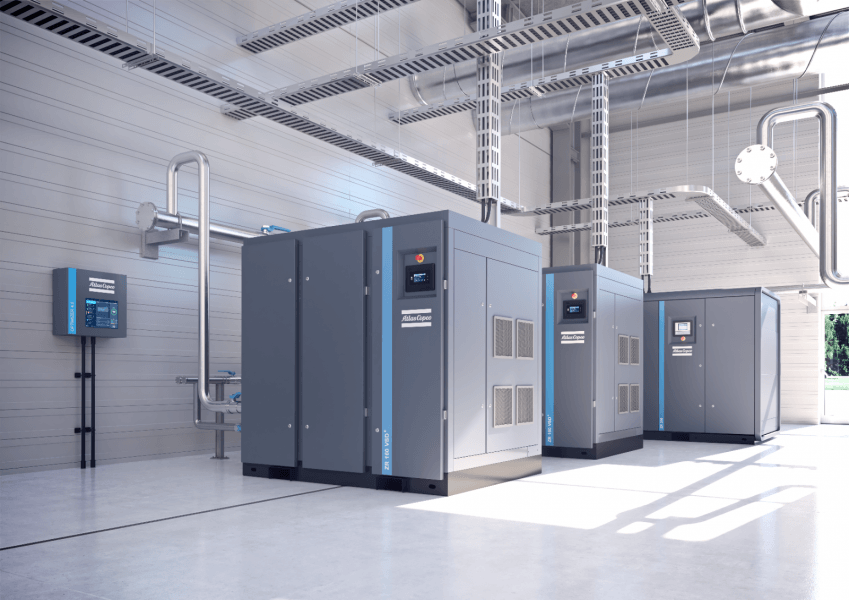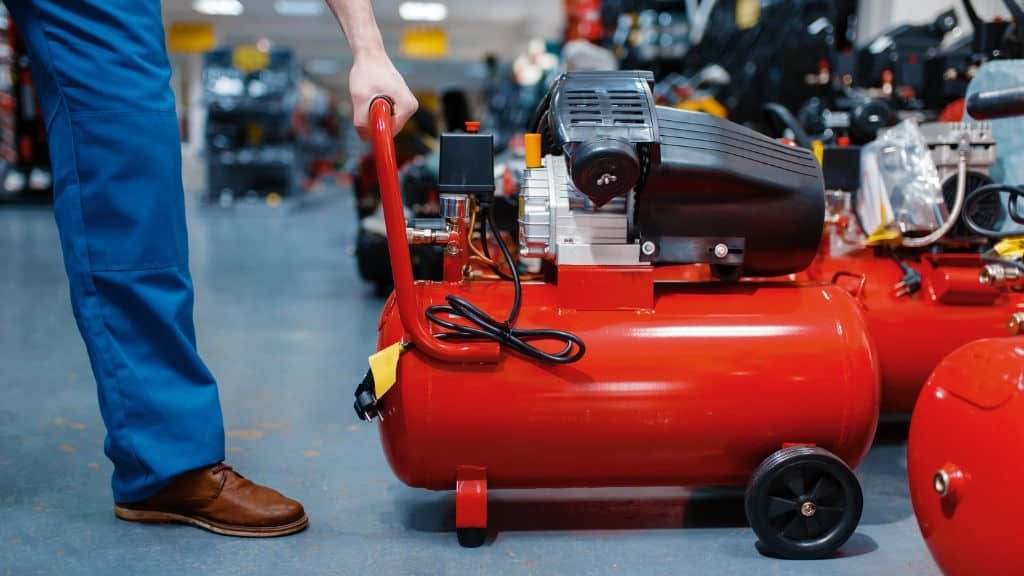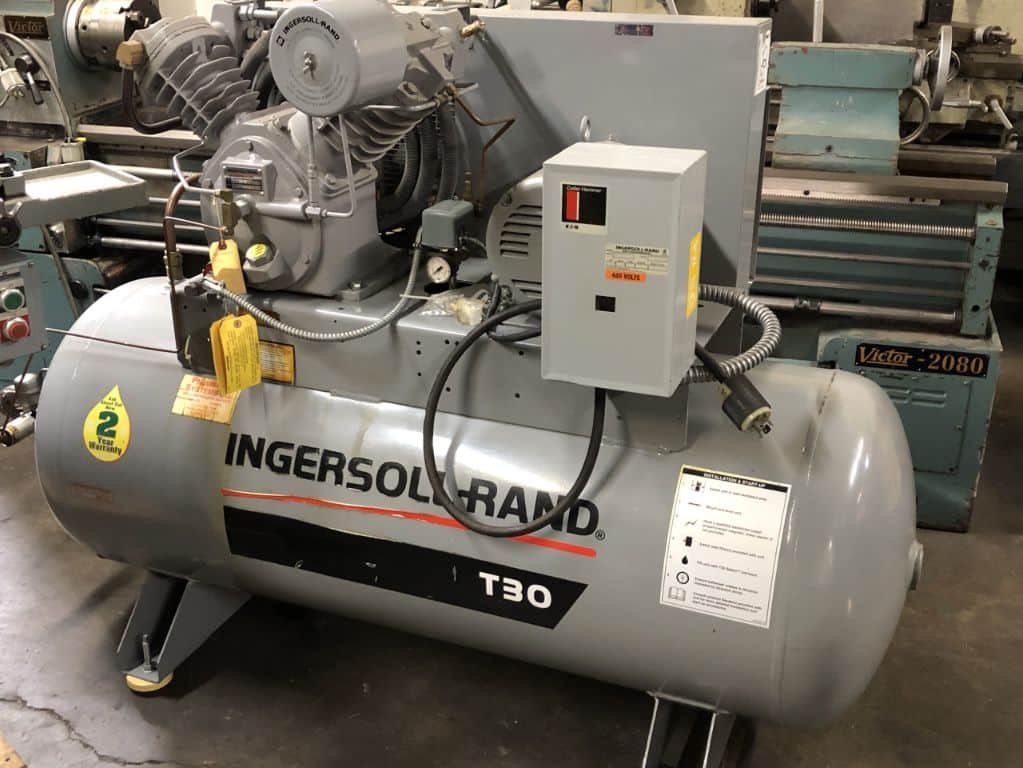Air pressure loss in compressor systems is a common issue that often leads to unnecessary expenses and inefficiencies. Many users believe that a new air compressor is the solution to this problem, but that’s not always the case. In this article, we’ll explore some common scenarios related to air pressure loss and provide practical solutions to help you optimize your compressor system.
Understanding Air Pressure Loss
What is Air Pressure Loss?
Air pressure loss occurs when the air pressure in a compressor system drops below the desired level. This can lead to reduced performance and increased energy consumption. Understanding the causes and solutions for air pressure loss can help you maintain an efficient and effective compressor system.
Common Scenarios and Solutions
Scenario 1: Insufficient Pressure at the Far End of the Warehouse
Customer: I don’t have enough pressure in the far end of my warehouse. I need a new compressor.
Answer: Before jumping to the conclusion of purchasing a new compressor, it’s important to examine the size and configuration of your air lines. Are they looped with one another? A closer look at the pipes might reveal the real issue.
Scenario 2: Misunderstanding the Role of Storage Tanks
Customer: I don’t need a storage tank, I use my air lines for storage.
Answer: This is a common misconception. Storage tanks play a crucial role in the energy efficiency of your compressor. They help distribute air evenly throughout the plant. Without a tank, your compressor may fast cycle, leading to higher energy and maintenance costs.
Scenario 3: Determining the Right Air Line Size
Customer: What size air line should I install with a 25 horsepower rotary screw air compressor? The manual says it’s 100 CFM.
Answer: The size of the air line depends on several factors, not just the horsepower of the compressor. We recommend reviewing our pipe sizing chart to identify your exact needs.
Conclusion
Understanding the causes of air pressure loss and how to troubleshoot them can save you time, money, and frustration. Before investing in a new compressor, consider the scenarios and solutions we’ve discussed. Remember, the key to an efficient compressor system lies in understanding its components and their functions.
FAQs
- What is air pressure loss in a compressor system? Air pressure loss occurs when the air pressure in a compressor system drops below the desired level, leading to reduced performance and increased energy consumption.
- What can cause air pressure loss in a compressor system? Air pressure loss can be caused by several factors, including improper air line size, lack of a storage tank, and inefficient distribution of air.
- Do I need a new compressor if I’m experiencing air pressure loss? Not necessarily. Before investing in a new compressor, it’s important to troubleshoot potential issues with your current system, such as the size and configuration of your air lines.
- What role does a storage tank play in a compressor system? A storage tank helps distribute air evenly throughout the plant, improving the energy efficiency of your compressor. Without a tank, your compressor may fast cycle, leading to higher energy and maintenance costs.
- How do I determine the right air line size for my compressor? The size of the air line depends on several factors, not just the horsepower of the compressor. Reviewing a pipe sizing chart can help you identify your exact needs.




